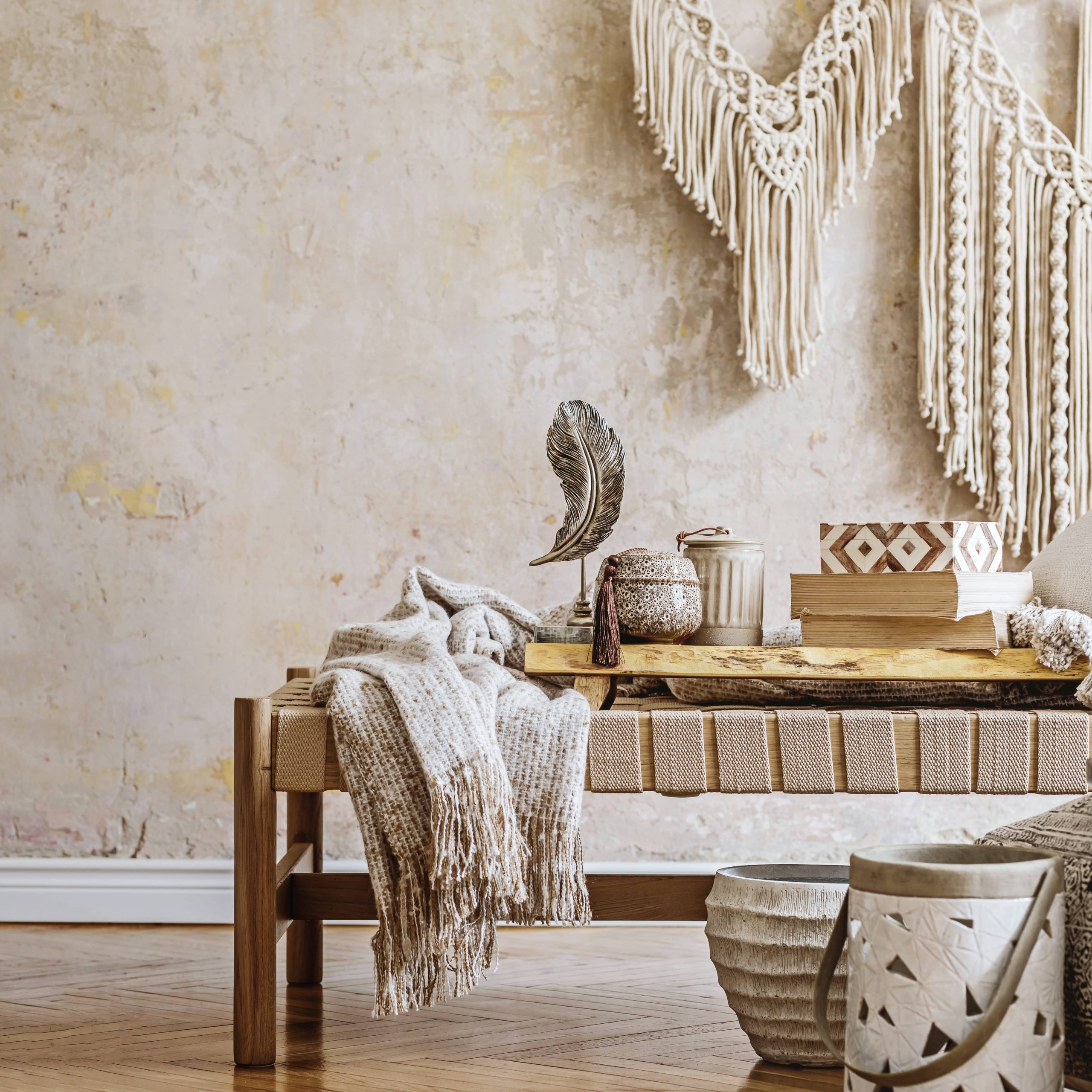
The kitchen is often regarded as the heart of the home—a space that brings families together, hosts culinary creativity, and provides comfort during meals shared with loved ones. Designing a warm and practical kitchen requires a delicate balance between aesthetics and functionality. Whether you’re renovating your current kitchen or building a new one, it’s essential to create an environment that feels inviting while serving its purpose efficiently. In this blog post, we’ll explore the elements that contribute to a warm and practical kitchen, offering tips and inspiration to help you create your dream space.
Understanding Your Space
Before diving into the specifics of kitchen design, it’s crucial to understand the size and layout of your space. An open-concept kitchen provides ample room for entertaining, while a galley kitchen requires clever use of storage and surface areas. Consider your kitchen’s dimensions and how you can optimize the layout to ensure smooth traffic flow and ease of use.
Maximize Natural Light
Natural light can transform any space, instilling it with warmth and openness. If possible, position your kitchen to capitalize on natural light sources. Consider installing large windows, skylights, or even glass doors that lead to an outdoor area. Not only will this brighten the room, but it will also provide a beautiful view, adding to the kitchen’s welcoming nature. For those darker corners, smart placement of under-cabinet lighting or hanging lights can mimic the warmth of sunlight and offer a cozy glow.
Choosing a Color Scheme
Color plays a pivotal role in creating warmth within the kitchen. Earthy tones like soft browns, warm greys, and muted greens can evoke a sense of grounding and relaxation. Alternatively, neutral palettes featuring creams and whites can make your kitchen feel spacious, while allowing you to incorporate colorful accents through accessories or furniture.
For those eager to infuse more personality, consider a bold focal point—an accent wall painted a rich hue or vibrant tile backsplash. Such elements can enhance the kitchen’s warmth, giving it character without overwhelming the space.
Selecting Materials
The materials you choose for your kitchen should not only enhance its beauty but also its functionality. Natural materials, like wood and stone, add warmth and texture. Wood cabinets or open shelves offer a rustic charm and can provide a striking contrast against more polished surfaces like quartz countertops or stainless steel appliances.
In terms of flooring, opt for materials that complement the overall color scheme while being durable and easy to clean. Hardwood floors exude warmth, while tiles offer practicality with an endless range of styles and colors.
Prioritizing Functionality
A practical kitchen isn’t just about gadgets and appliances—it focuses on tailoring the kitchen layout to your needs. The kitchen triangle, which connects the stove, refrigerator, and sink, should be designed to minimize unnecessary movement and maximize workflow efficiency. This classic layout emphasizes an ergonomic kitchen design, making cooking and cleaning tasks much more manageable.
Incorporate plenty of storage to keep surfaces clutter-free. Pull-out cabinets, deep drawers, and pantry units with organizers can all help in maintaining order. Consider integrating hidden storage solutions that blend seamlessly into the kitchen design while serving a functional purpose.
Adding Personal Touches
While aesthetics and functionality are paramount, personal touches can infuse warmth and character into your kitchen. Decorate with cherished items like family heirlooms, vintage kitchenware, or creative DIY decor pieces. Top open shelves with glass jars filled with pantry essentials or herb pots to add greenery to the space. You’ll find these little details create a homely atmosphere that defines a warm kitchen.
Family photographs or artwork can become beloved focal points, establishing a sentimental link between the space and family members. Remember that these decorations and accessories should not clutter the space, but rather enhance it subtly.
Embracing Smart Technology
While you aim to create a warm and welcoming kitchen, introducing smart technology can subtly enhance practicality. Induction cooktops, efficient dishwashers, refrigerators with energy-saving features, and smart ovens that can be controlled via smartphones are all worth considering. Such technologies can streamline your daily routines, save valuable time, and reduce your energy consumption.
Creating an Inviting Atmosphere
Finally, remember that the overall ambiance of your kitchen is achieved by harmoniously blending various elements. Soft textiles, such as upholstered chairs or cushioned stools, can add comfort. Consider incorporating a dedicated seating area within your kitchen, whether it’s a breakfast nook or bar stools along an island. This invites family members or guests to gather, converse, and enjoy casual meals.
Moreover, invest in quality cookware and utensils that last. Serving dishes, plates, and crockery can double as decor when thoughtfully displayed on open shelving or glass-front cabinets.
Conclusion
Designing a warm and practical kitchen is a rewarding process that results in a space that is both beautiful and functional. Focusing on natural light, a cohesive color palette, durable materials, personal touches, and smart technology ensures a harmonious blend that suits individual lifestyles and family needs. As you begin your kitchen design journey, remember that the ultimate goal is to create an inviting environment that is a true reflection of your personality—a space where memories are made, meals are shared, and hearts are filled with warmth.

